A fairly common mushroom that can often be found in large numbers. When first spotted it usually causes a bit of excitement as it can resemble the Prince, then when smelt, disappointment sets in.
Home / Mushroom Guide /
Inky Mushroom
Inky Mushroom
| Mushroom Type | |
| Common Names |
Inky Mushroom (EN), Madarch Llwyd-Ddu (CY), Pieczarka Szarołuskowa (PL), Tintaszagú Csiperke (HU) |
| Scientific Name |
Agaricus moelleri |
| Season Start |
Jun |
| Season End |
Oct |
| Average Mushroom height (CM) |
8-14 |
| Average Cap width (CM) |
7-10 |
Please note that each and every mushroom you come across may vary in appearance to these photos.
Cap
7-10 cm. White but covered with tiny smoky/grey or brown scales which are more dense towards the middle. Starting ovoid but becoming flat.
Gills
Crowded and free of the stem. The gills start pink and stay like that until finally becoming dark brown/black.
Spore Print
Brown. Ellipsoid.
Frequency
Fairly common.

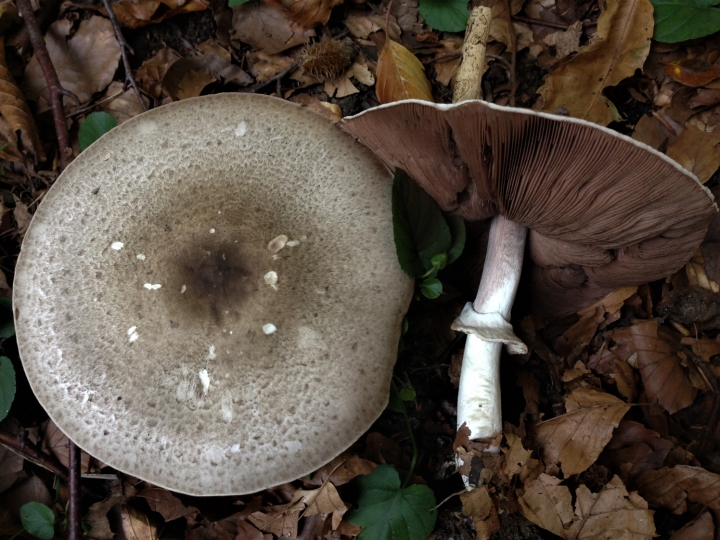
















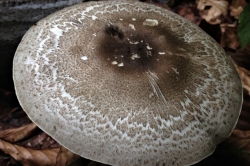
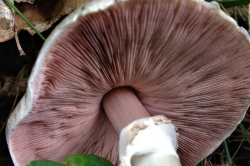
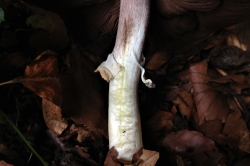
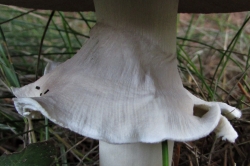
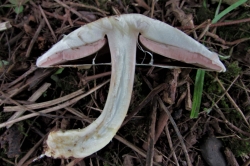
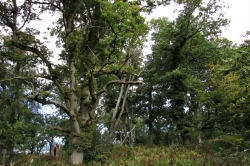






Leave a Reply